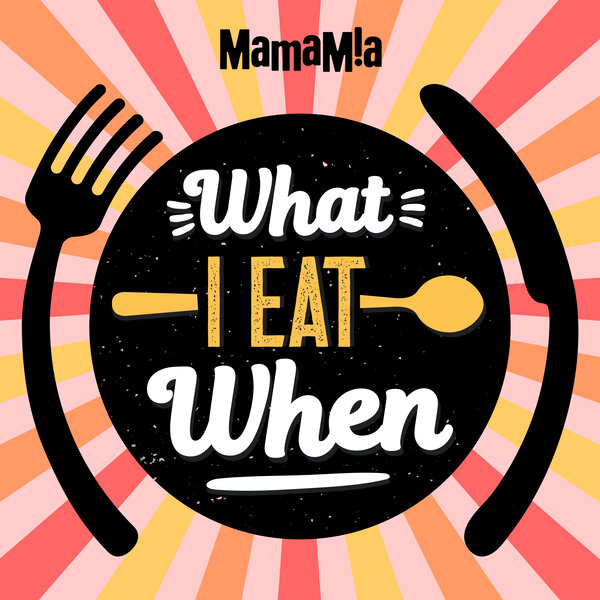
Image via Pixabay
White carbs – once they were the most popular food at the buffet table, providing most people with most of their calories and flaunting their ‘six serves a day’ status at the very bottom of the food pyramid.
But those days are gone. Now we’re worried that grains are slowly poisoning our minds and our digestive tracts. We know that pasta’s glycemic index scores are less than optimal – spaghetti and macaroni are particularly likely to send your blood sugar on a rollercoaster ride. Healthy eaters have soured to sour dough, and plenty of us sport maybe-made-up, but maybe-not gluten intolerances.
Modern dietary recommendations suggest throwing out anything your grandmother wouldn't recognise as food, and taking it easy on anything that’s too refined or processed.
This is all fine, and understandable. There’s just one problem: pasta is delicious. It’s also quick and easy to cook. Sure, cavemen didn’t have carbonara, but they also didn't have to stay back at the office until 7.30pm and still wake up early enough the next day to make it to a 6.45am yoga class.
It is possible to get the bulk of your caloric intake from good fats and protein, but it is so much easier not to. Enter a new breed of pasta substitutes that can slot into your previous carb-laden eating routine, but with less calories, no gluten and hopefully minimal guilt.
For the love of spag bol, I tried a few out, and here they are, ranked from most to least pasta-like.

Top Comments
"If you’re celiac, just eat rice, it’s much more delicious than fake pasta." - um no, we like to have pasta too thank you very much. Don't judge gluten free pasta based on one brand as they vary considerably. I eat barilla gluten free pasta and you can't tell the difference - my very fussy partner can vouch for this.